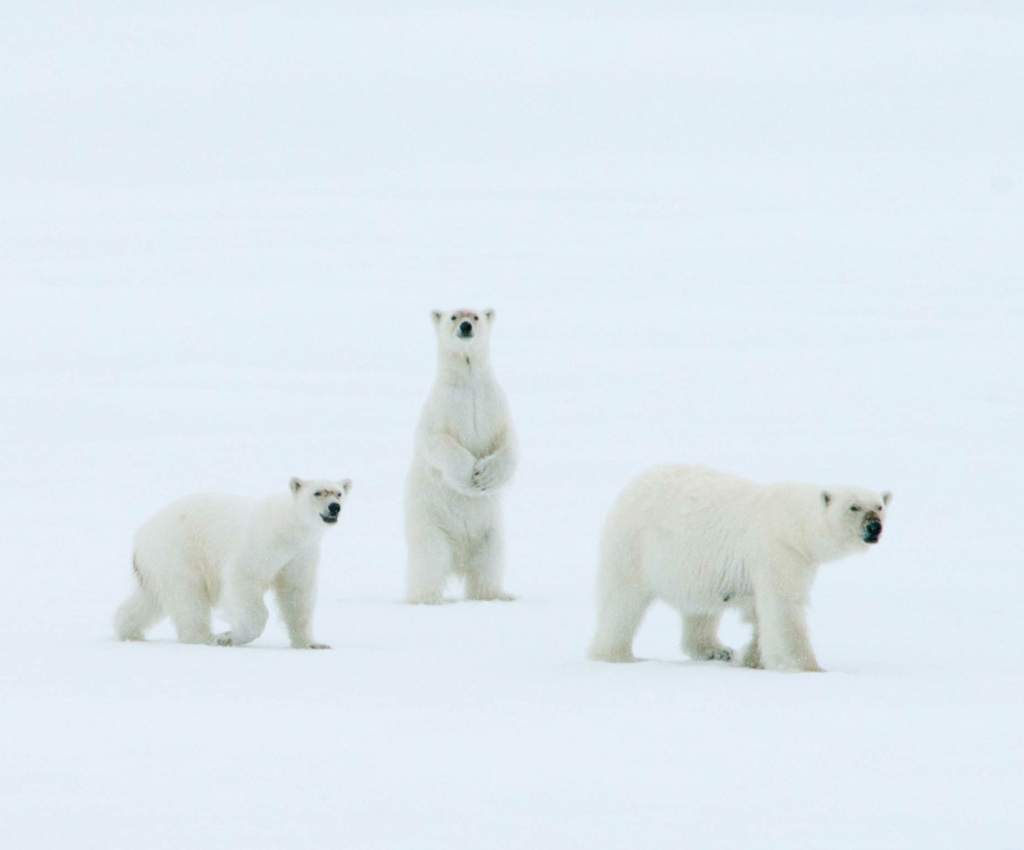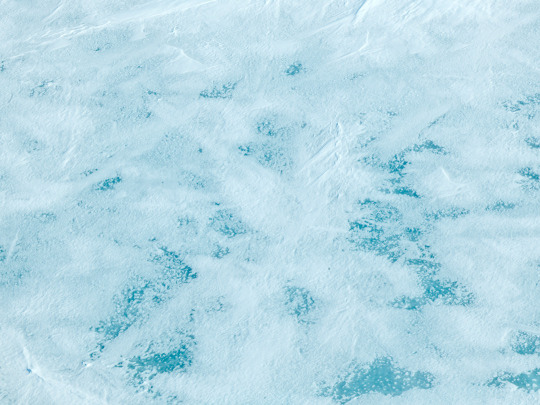June 19 - Into the Pack Ice
83-87 degrees N
This morning Jim Zakreski gave a lecture, Nanook: the biology of the Polar Bear. The Polar Bear is a marine mammal that lives on the ice in the arctic polar region.
They feed on ringed seals but will occasionally eat walrus, sea birds, beluga whales, narwhal and occasionally kelp and berries. When a Polar Bear eats seal, he will only eat the blubber, which will provide a good source of energy. Each bear will eat between 30-45 seals each year to sustain them through the winter.
There are approximately 20,000 Polar Bears living today. They are genetically related to the brown bear that migrated north millions of years ago in search of food. The oldest Polar Bear fossil dates from 130mya.
Polar Bears life expectancy is 27 years and they can weigh up to 2200 pounds. By dissecting a premolar, the age of the Polar Bear can be determined. Polar Bears have an exceptional sense of hearing and can detect sounds several hundred meters away. Their skin is black in order to absorb heat and their fur keeps them insulated. When they dive in the water their nostrils close and a membrane falls over their eyes.
The beautiful polar bears exploring
Another day of watching the ice break. It is getting thicker and the crevasses and pieces are becoming larger. It is mesmerizing. I cannot stop taking photographs. So far, I think I have taken 600 photographs of just the ice formations that occur as the ice is broken by the icebreaker.
The shapes and reflections of light and color on the ice are mesmerizing.
As we travel through the ice, we come across several large icebergs that have drifted from far away glaciers.







